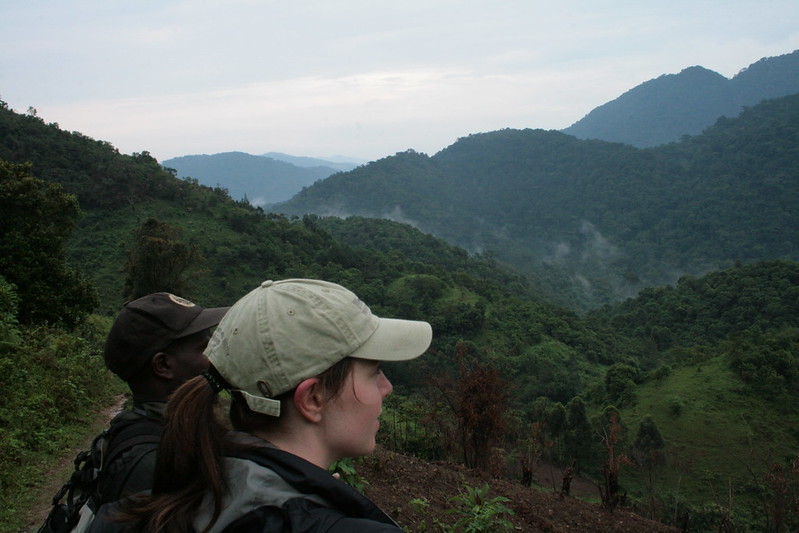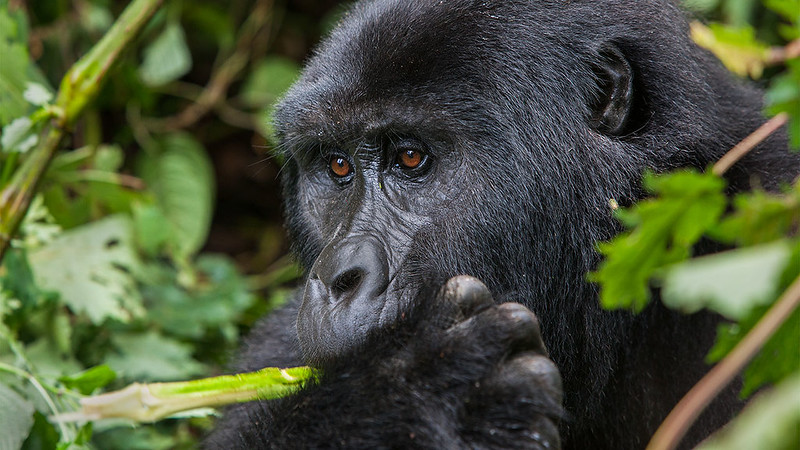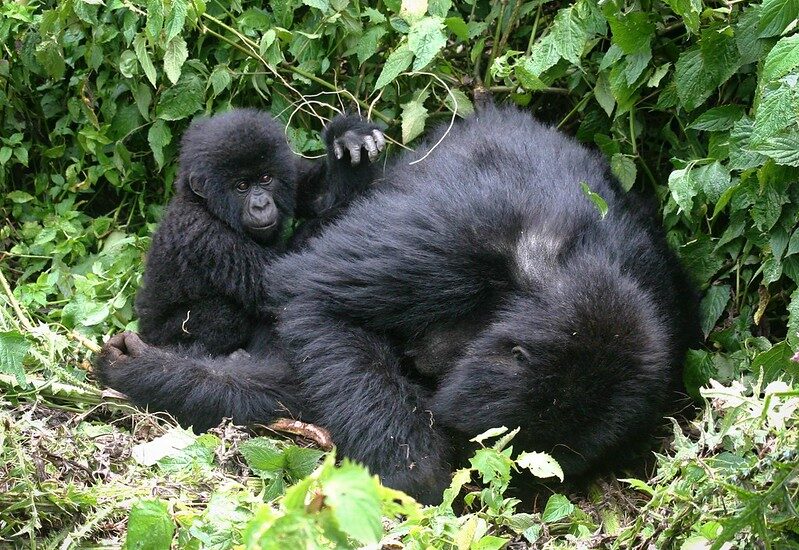Gorilla tracking permits for Nkuringo sector – Bwindi impenetrable National Park. You are currently sleeping…
Teso People
Teso People
People of Iteso and their culture
The Teso people are an ethnic group in Uganda’s eastern area, and they also live in Kenya. The Teso is the term given to the Teso people’s traditional dwellers. The Teso people live in the modern districts of KUM, Amuuria, Kumi, Katatwi, Palisa, Kaberamindo, and Bukedea, as well as sub-districts of those districts. The Nilotics language is spoken by the Iteso people. The eastern Nilotics are separated into two groups: Teso-speaking and Maa-speaking, also known as the Maasai branch.
The Iteso people are further subdivided into the Ateso Speaking people and the Karamojong group, which includes the Turkana, Jie, Ikaramojong, and Dodoth in Uganda and Kenya.
The Iteso People’s historical origins and Culture
The Iteso people are said to have originated in Sudan some time ago, however, their period of travel cannot be calculated. Other versions hold that Iteso originated in the Karamojong and traveled south. This is said to have happened in the past since the Iteso lacks cultural names and ceremonies like the Karamojong. The majority of Iteso clan names are a blend of Bantu and Nilotic names. Because of migration, the Iteso have become intermingled with the Japadola.
During the Colonial period, the Iteso had a tense relationship with the pre-colonial period. The Iteso intermarried with their neighbors, which diluted their customs and traditional elements, which may also be seen in the close surrounding populations.
The Iteso, which are located in Kenya and Uganda, are the product of British colonial control, which indirectly dominated them. Western Kenya was ceded from Uganda to Kenya in 1902.
The Iteso’s Economic Structure
The Teso people’s principal foods are finger millet and sorghum, but the colonial authorities introduced cassava as a supplement to their diet and to help them survive famine. Cassava was cooked alongside millet and sorghum. The women were skilled at producing vegetables in little gardens near their homes, and they could obtain wild edibles such as the Mushroom Delicacy, whilst the males were busy cow herders grazing cattle.
The Teso also relied on agriculture, with cotton being the principal cash crop farmed by both men and women, who had separate plots of land and received separate incomes. Other households may employ labor if the oxen were engaged in plowing. Other cash crops cultivated include tobacco and maize, which were planted during the long rains. Commercial activity included operating small businesses, selling livestock, and working in the public sector as a local administrator and instructor.
Family and Marriage
Marriage among the Teso people has been recognized from two perspectives; the spouses come together as an alliance between two exogamous clans. The first partnership manifests itself in the practical arrangement of building a family, whilst the second manifests itself in ceremonial rites and healing activities. Most Iteso men and women married in polygamous marriages, however, this decreased in the early colonial era. One guy may marry four or more ladies whom each had just one umbrella and respected their spouse.
Divorce was uncommon because when it occurred, the parents of the girl were compelled to repay the bride’s riches that were paid when the girl was taken from their parents.


